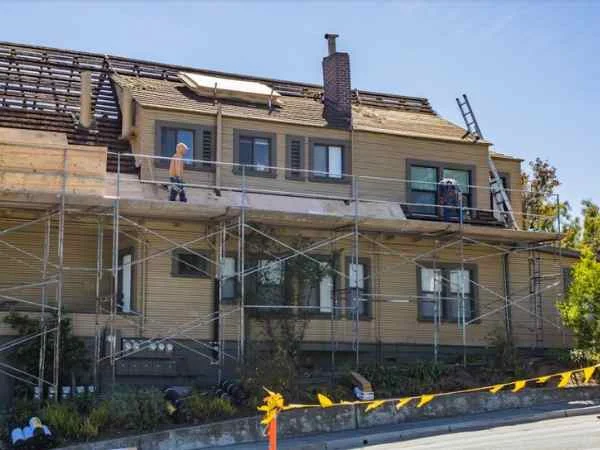Ensuring that your home is stormproof is essential for protecting your property, belongings, and loved ones from the damaging effects of severe weather events. From high winds and heavy rain to hail and lightning, storms can wreak havoc on homes, causing structural damage, flooding, and power outages. This comprehensive guide will explore the ultimate strategies and tips for making your home stormproof, providing valuable insights and recommendations to help you fortify your property against the elements and minimize the risk of storm damage.
1. Reinforce Windows and Doors
Windows and doors are vulnerable points of entry during storms, so it’s crucial to reinforce them to withstand high winds and flying debris. Install impact-resistant windows and doors made of durable materials such as reinforced glass, fiberglass, or steel. Consider adding storm shutters or protective coverings to provide an extra layer of defense against severe weather. Regularly inspect windows and doors for signs of wear, damage, or deterioration, and repair or replace any compromised components promptly. By reinforcing windows and doors, you can enhance the structural integrity of your home and protect against storm damage.
2. Upgrade Roofing Materials
One essential step in making your home stormproof is to upgrade roofing materials to enhance durability and resilience. Consider replacing traditional roofing materials with modern options like impact-resistant shingles or metal roofing, which offer superior protection against high winds and hail. Additionally, installing a roof ridge vent can improve ventilation and reduce the risk of damage caused by moisture buildup in the attic. Investing in high-quality roofing materials not only strengthens your home’s defense against storms but also increases its longevity and value. By upgrading roofing materials as part of your storm-proofing efforts, you can enjoy greater peace of mind knowing that your home is better equipped to withstand the elements and protect your family and belongings.
3. Maintain Gutters and Drainage Systems
Proper drainage is essential for preventing water damage and flooding during storms, so it’s crucial to maintain gutters and drainage systems around your home. Clean gutters and downspouts regularly to remove leaves, debris, and obstructions that can impede water flow and cause backups. Ensure that gutters are securely attached to the roof and free of leaks or damage. Consider installing gutter guards or screens to prevent clogs and reduce the need for frequent cleaning. Extend downspouts away from the foundation and ensure that they discharge water safely away from the home to prevent flooding and water damage. By maintaining gutters and drainage systems, you can mitigate the risk of water-related storm damage and protect your home’s foundation and interior from flooding.
4. Strengthen Structural Components
Strengthening the structural components of your home can help it withstand the forces of severe weather and minimize the risk of damage during storms. Consider retrofitting your home with hurricane straps, braces, or reinforcements to secure the roof, walls, and foundation against high winds and structural loads. Reinforce garage doors, entryways, and other openings to prevent wind-driven rain and debris from entering the home. Inspect the foundation, walls, and framing for signs of weakness or deterioration, and address any issues promptly to prevent structural failure during storms. By strengthening structural components, you can improve the overall resilience and durability of your home and reduce the risk of storm damage.
5. Install Backup Power Sources
Power outages are common during storms, so it’s essential to have backup power sources in place to keep your home functional and safe during emergencies. Consider installing a standby generator or battery backup system to provide backup power for essential appliances, lights, and heating systems during outages. Ensure that the backup power source is properly installed, maintained, and tested regularly to ensure reliability and performance when needed. Stock up on fuel, batteries, and other supplies to keep the backup power source running smoothly during extended outages. By installing backup power sources, you can maintain comfort, safety, and functionality in your home during storms and power outages.
Conclusion
Making your home stormproof involves reinforcing windows and doors, upgrading roofing materials, maintaining gutters and drainage systems, strengthening structural components, and installing backup power sources. By following these ultimate strategies and tips, you can fortify your property against the elements and minimize the risk of storm damage. With careful planning, preparation, and investment in storm-proofing measures, you can ensure the safety, resilience, and durability of your home during severe weather events.























